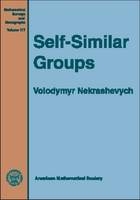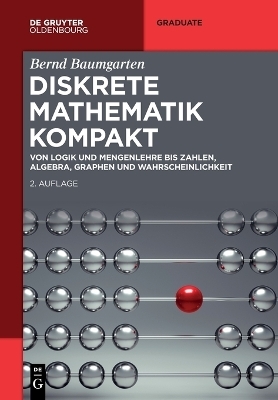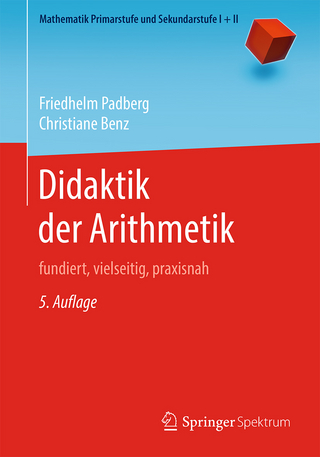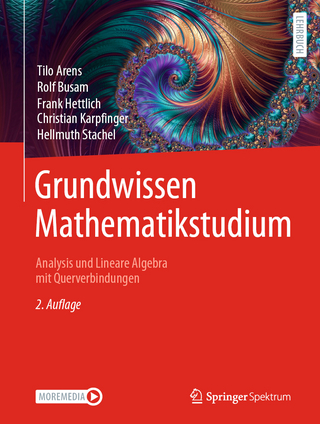
Self-Similar Groups
Seiten
2005
|
illustrated Edition
American Mathematical Society (Verlag)
978-0-8218-3831-0 (ISBN)
American Mathematical Society (Verlag)
978-0-8218-3831-0 (ISBN)
Self-similar groups (groups generated by automata) initially appeared as examples of groups that are easy to define but have exotic properties like nontrivial torsion, intermediate growth, etc. This book studies the self-similarity phenomenon in group theory and shows its relationship with dynamical systems.
Self-similar groups (groups generated by automata) initially appeared as examples of groups that are easy to define but have exotic properties like nontrivial torsion, intermediate growth, etc. This book studies the self-similarity phenomenon in group theory and shows its intimate relationship with dynamical systems and more classical self-similar structures, such as fractals, Julia sets, and self-affine tilings. This connection is established through the central topics of the book, which are the notions of the iterated monodromy group and limit space.A wide variety of examples and different applications of self-similar groups to dynamical systems and vice versa are discussed. In particular, it is shown that Julia sets can be reconstructed from the respective iterated monodromy groups and that groups with exotic properties can appear not just as isolated examples, but as naturally defined iterated monodromy groups of rational functions. The book offers important, new mathematics that will open new avenues of research in group theory and dynamical systems. It is intended to be accessible to a wide readership of professional mathematicians.
Self-similar groups (groups generated by automata) initially appeared as examples of groups that are easy to define but have exotic properties like nontrivial torsion, intermediate growth, etc. This book studies the self-similarity phenomenon in group theory and shows its intimate relationship with dynamical systems and more classical self-similar structures, such as fractals, Julia sets, and self-affine tilings. This connection is established through the central topics of the book, which are the notions of the iterated monodromy group and limit space.A wide variety of examples and different applications of self-similar groups to dynamical systems and vice versa are discussed. In particular, it is shown that Julia sets can be reconstructed from the respective iterated monodromy groups and that groups with exotic properties can appear not just as isolated examples, but as naturally defined iterated monodromy groups of rational functions. The book offers important, new mathematics that will open new avenues of research in group theory and dynamical systems. It is intended to be accessible to a wide readership of professional mathematicians.
Basic definitions and examples Algebraic theory Limit spaces Orbispaces Iterated monodromy groups Examples and applications Bibliography Index.
| Erscheint lt. Verlag | 21.10.2005 |
|---|---|
| Reihe/Serie | Mathematical Surveys and Monographs |
| Zusatzinfo | Illustrations |
| Verlagsort | Providence |
| Sprache | englisch |
| Gewicht | 660 g |
| Themenwelt | Mathematik / Informatik ► Mathematik |
| ISBN-10 | 0-8218-3831-8 / 0821838318 |
| ISBN-13 | 978-0-8218-3831-0 / 9780821838310 |
| Zustand | Neuware |
| Haben Sie eine Frage zum Produkt? |
Mehr entdecken
aus dem Bereich
aus dem Bereich
Von Logik und Mengenlehre bis Zahlen, Algebra, Graphen und …
Buch | Softcover (2024)
De Gruyter Oldenbourg (Verlag)
74,95 €
fundiert, vielseitig, praxisnah
Buch | Softcover (2021)
Springer Berlin (Verlag)
32,99 €
Analysis und Lineare Algebra mit Querverbindungen
Buch | Hardcover (2022)
Springer Spektrum (Verlag)
64,99 €


